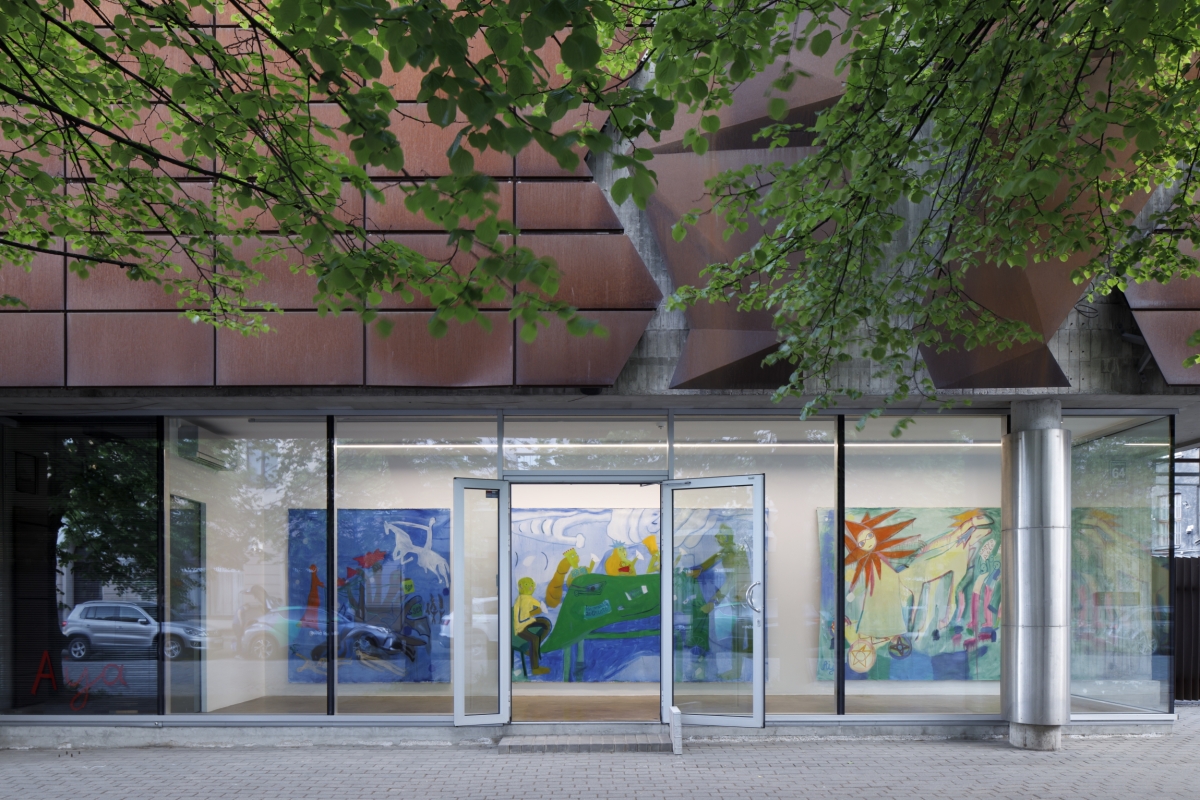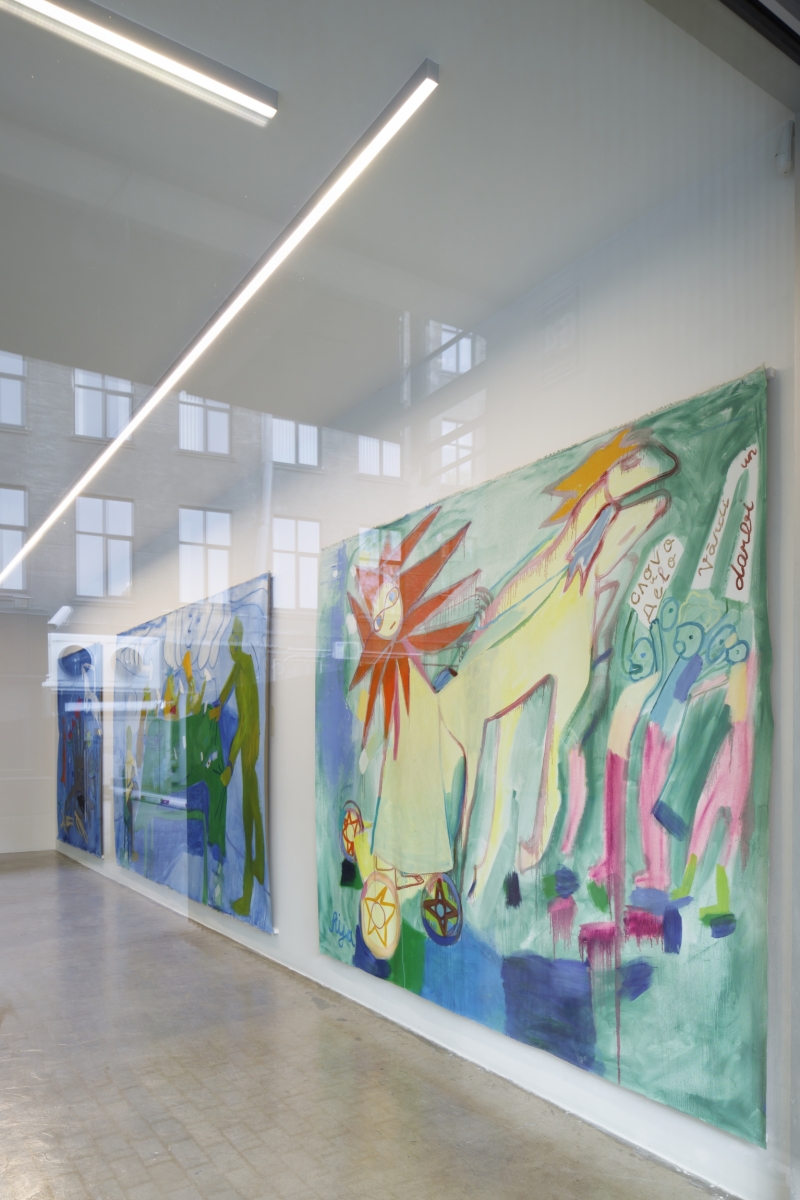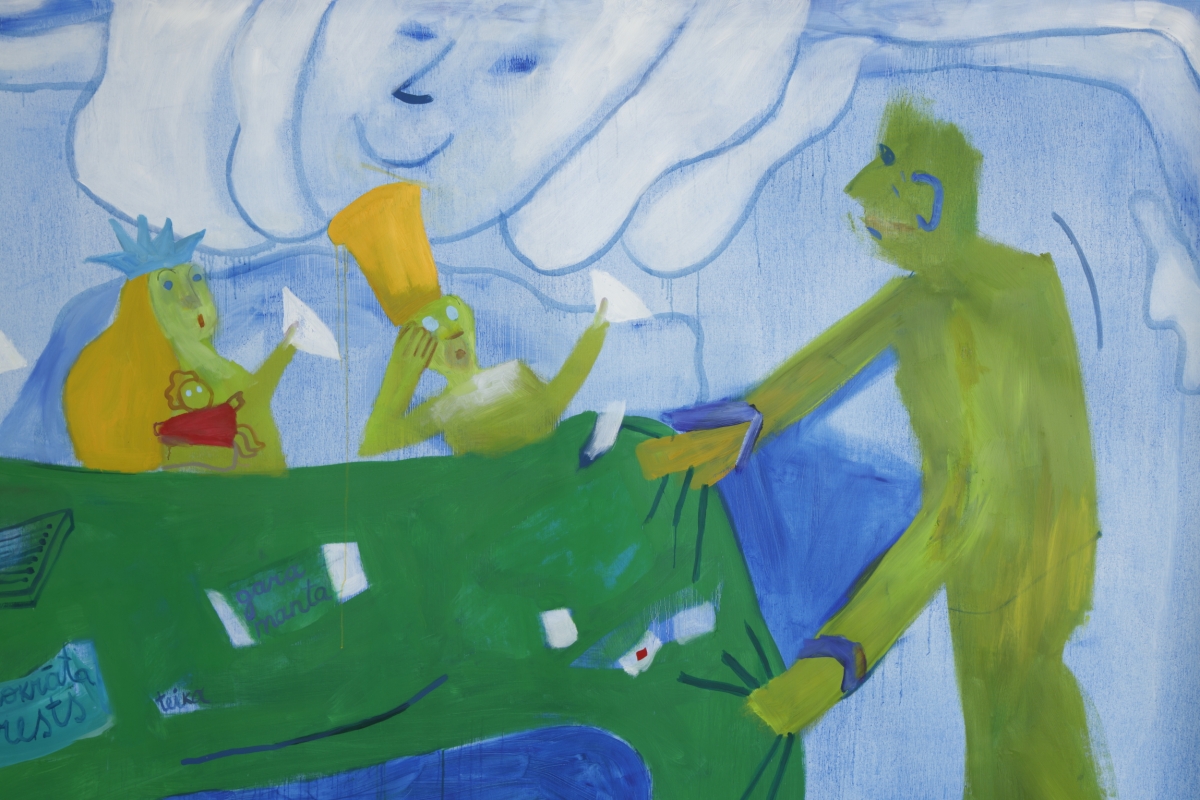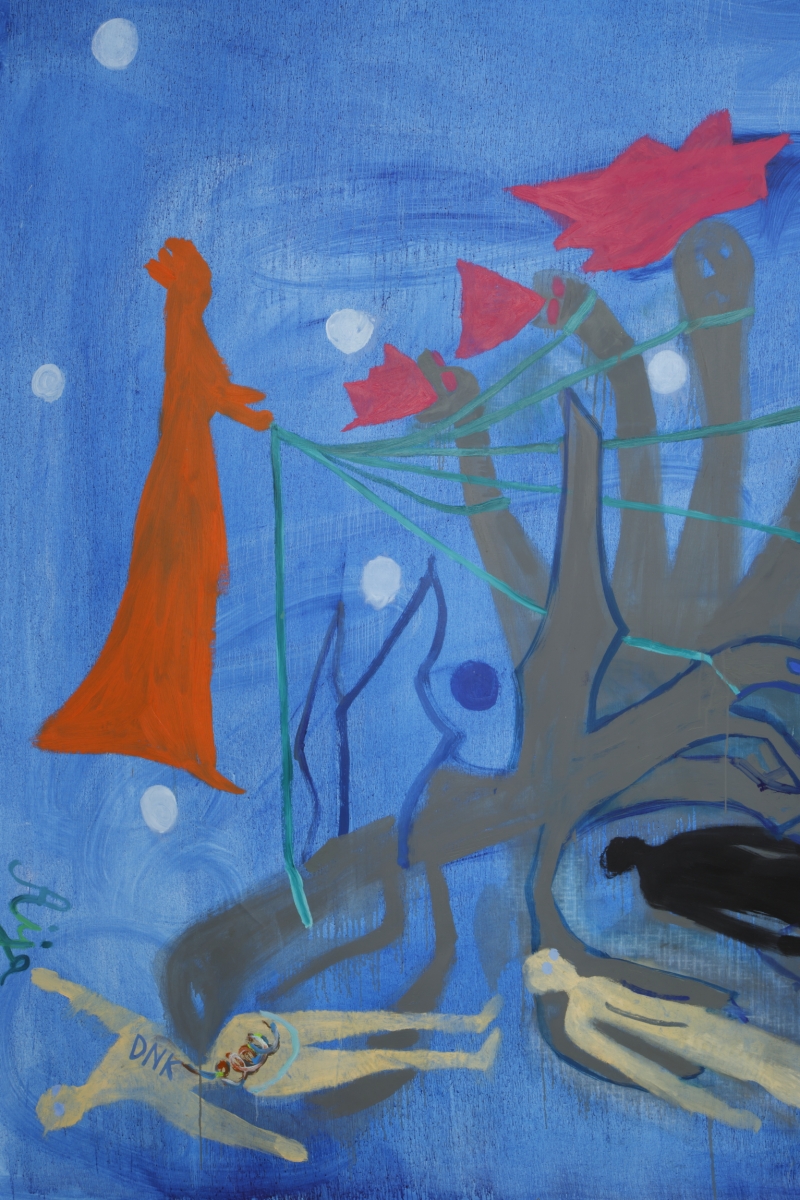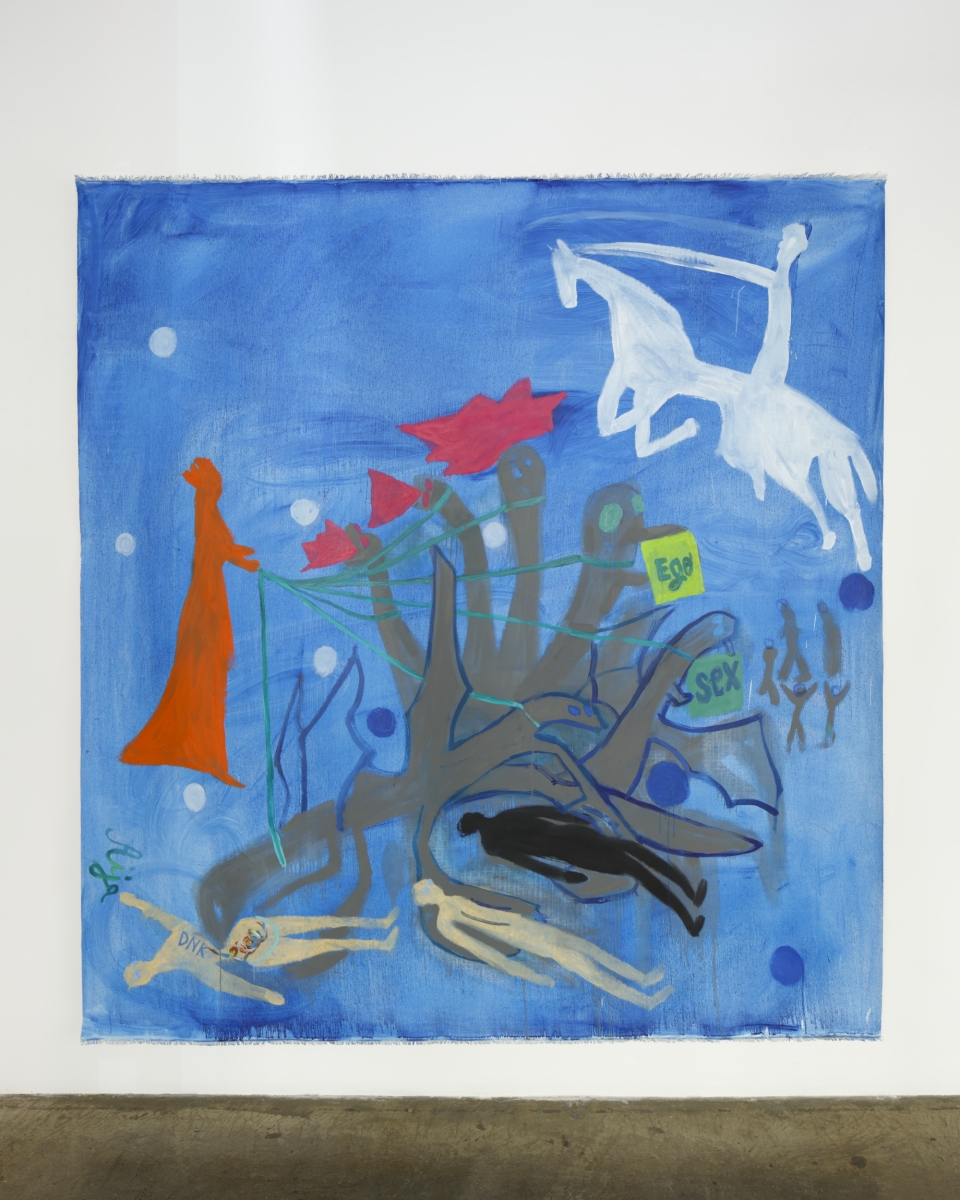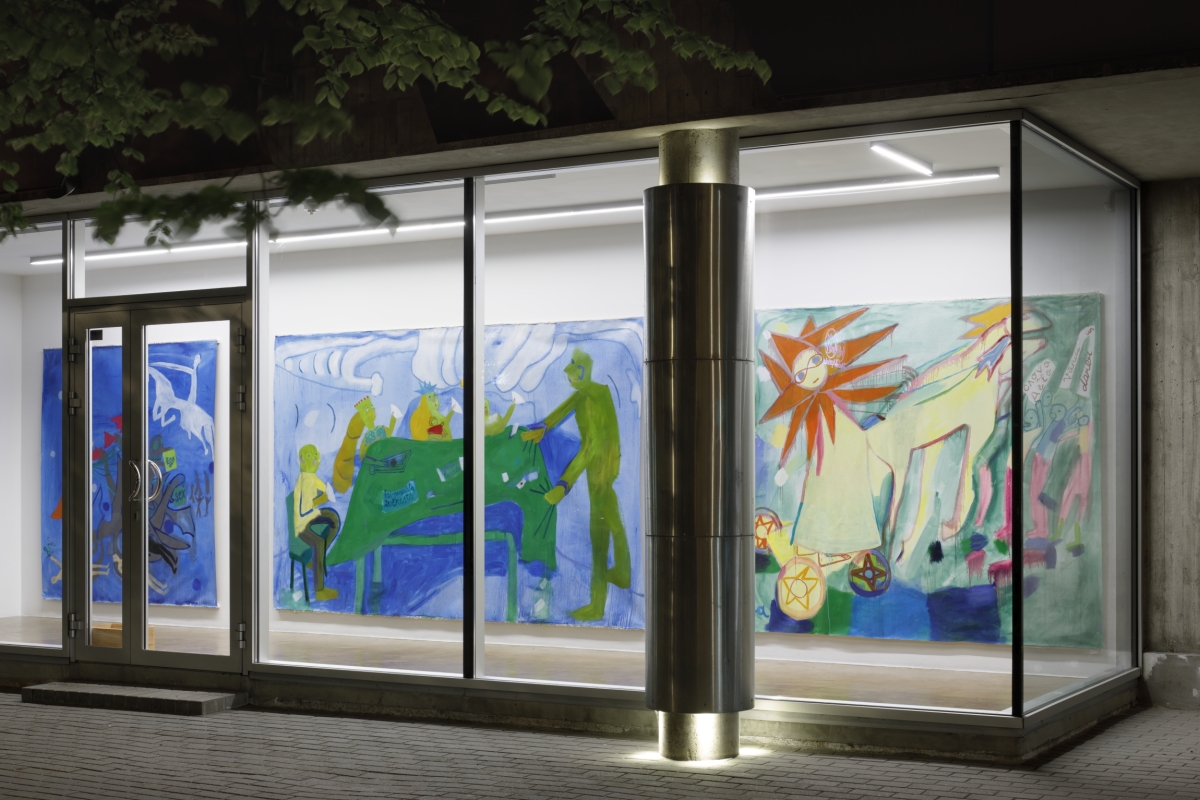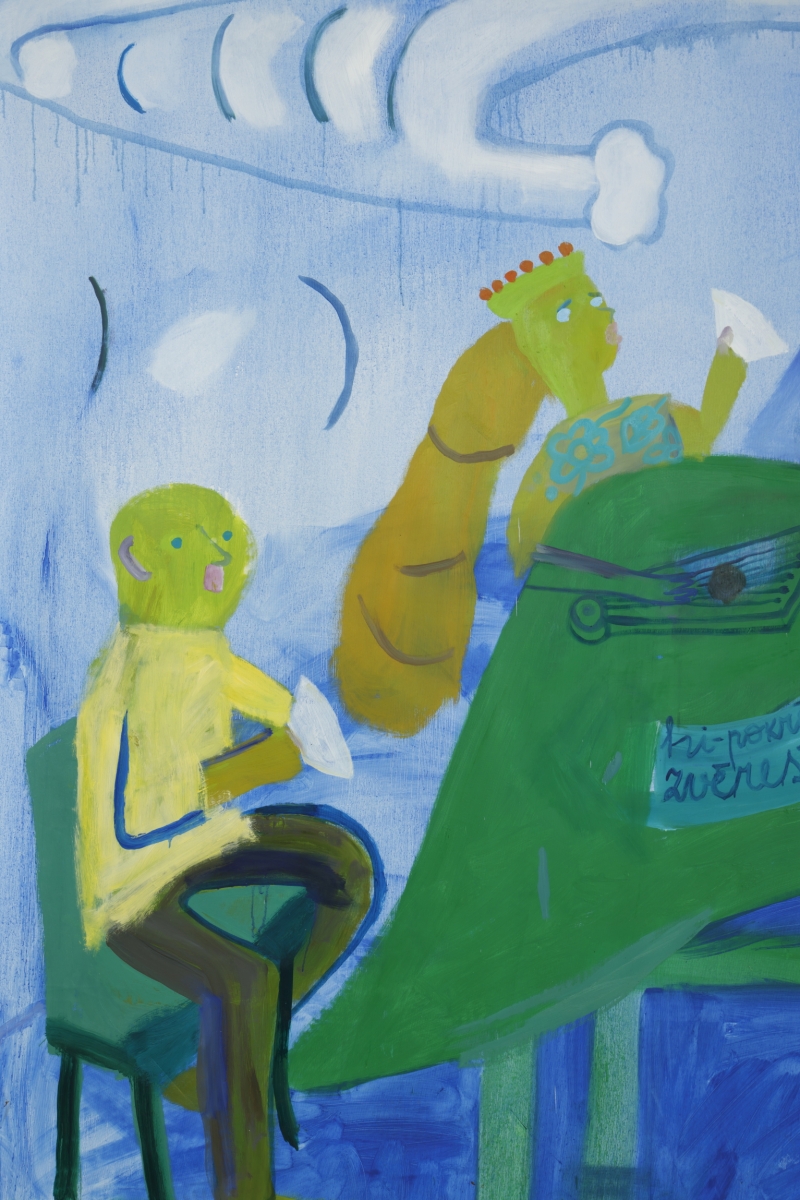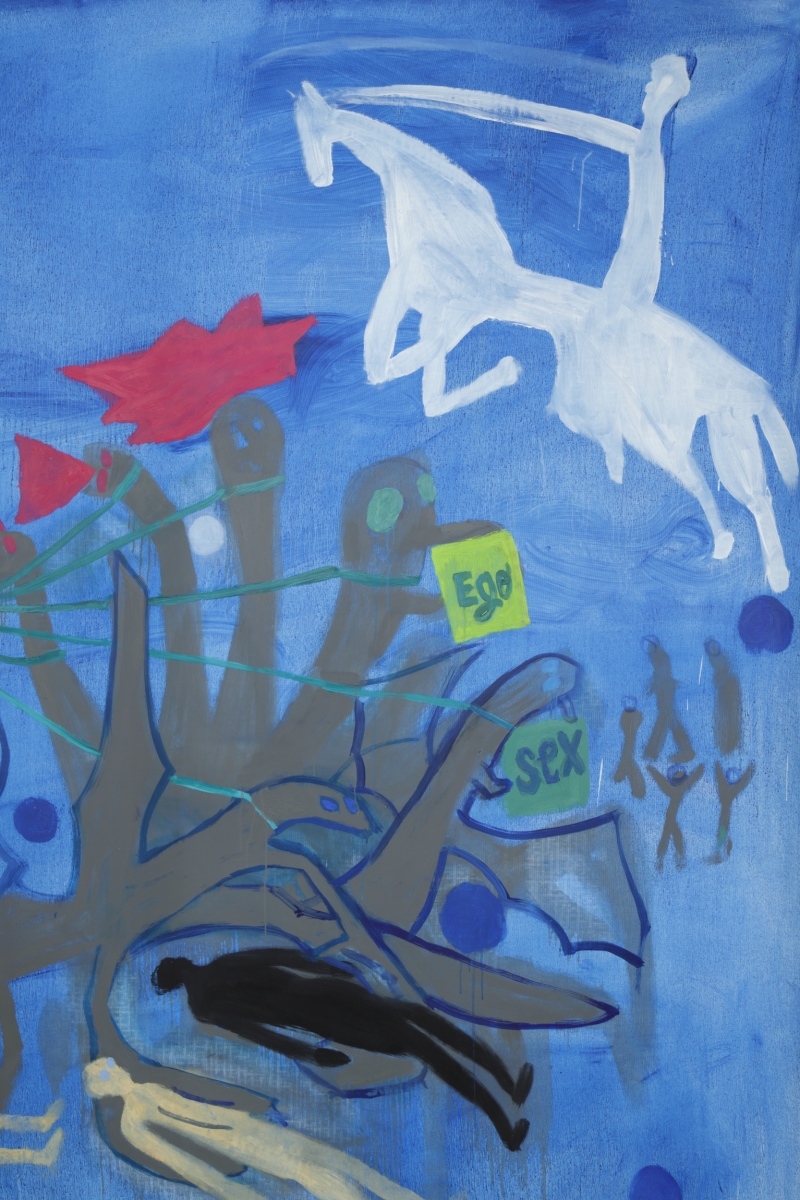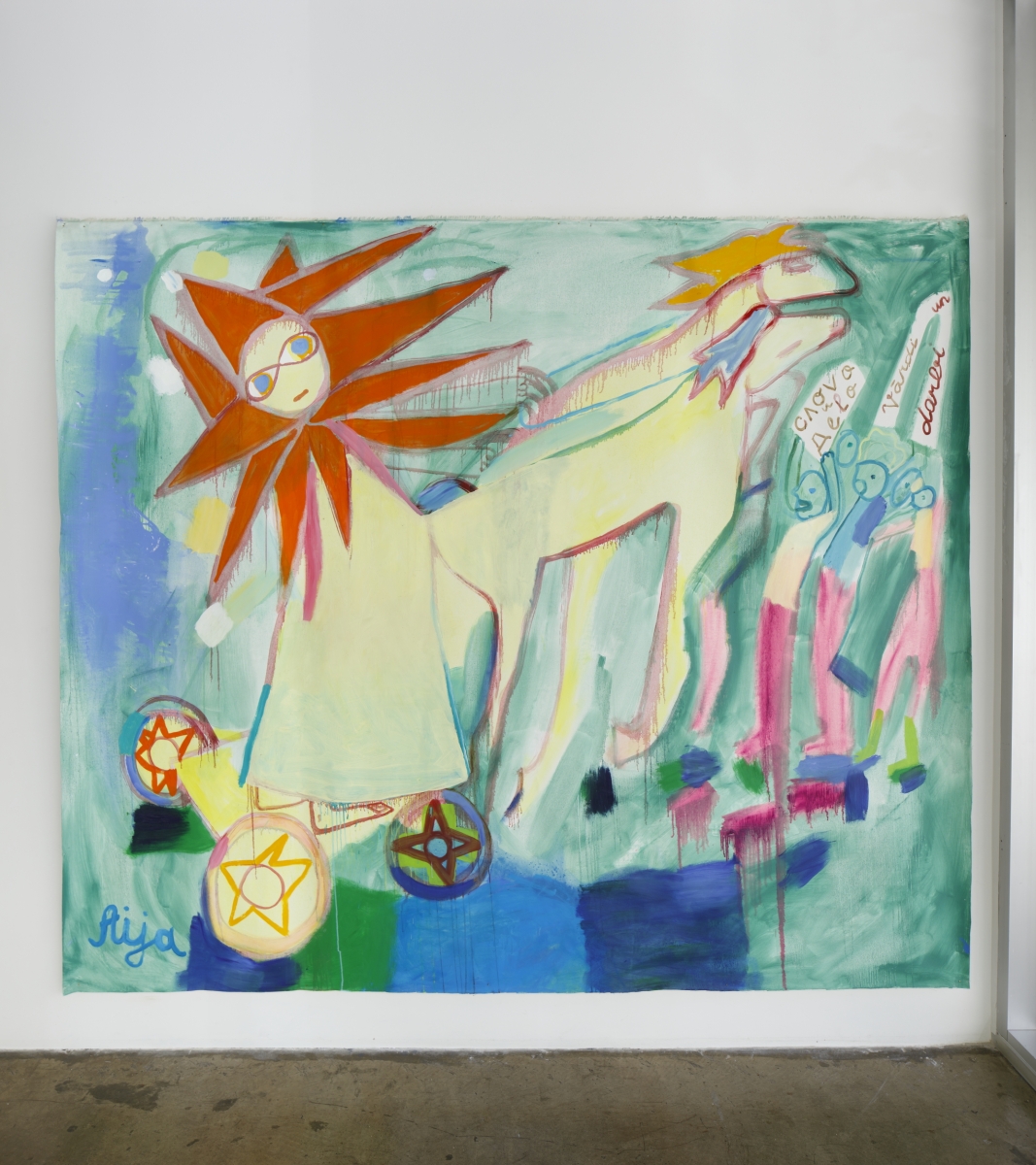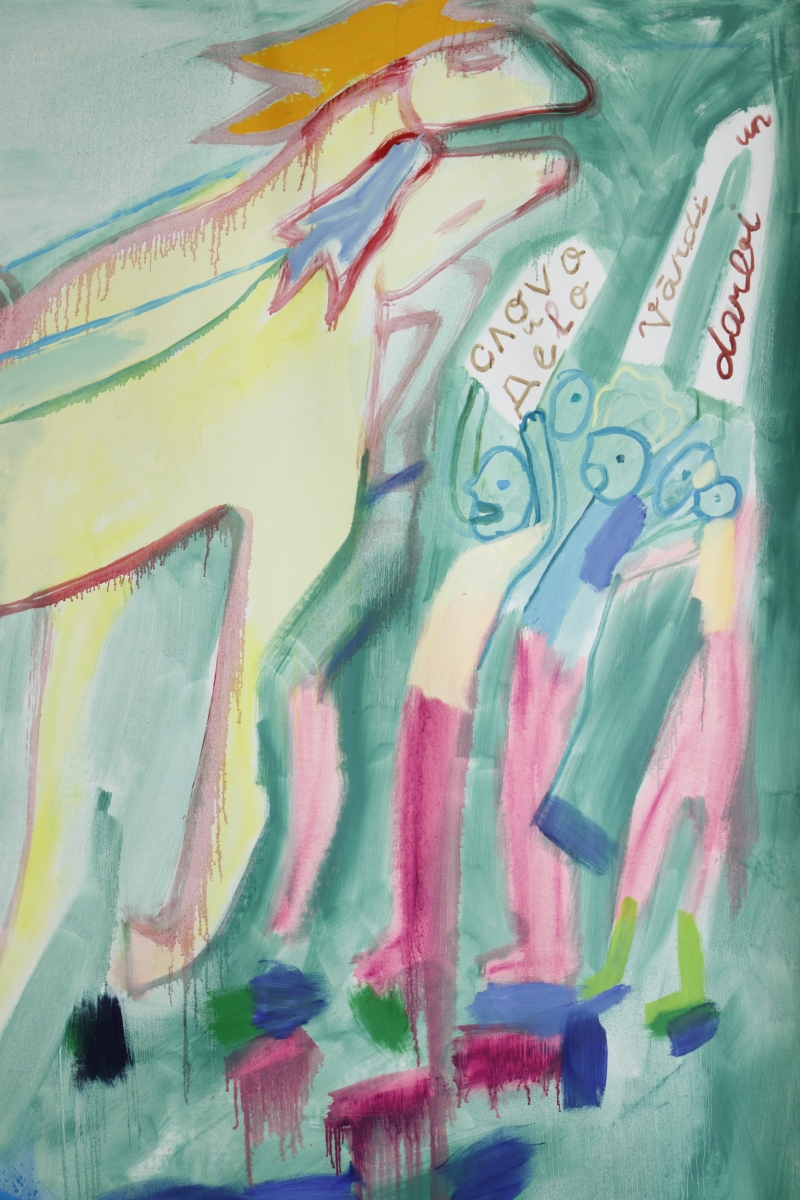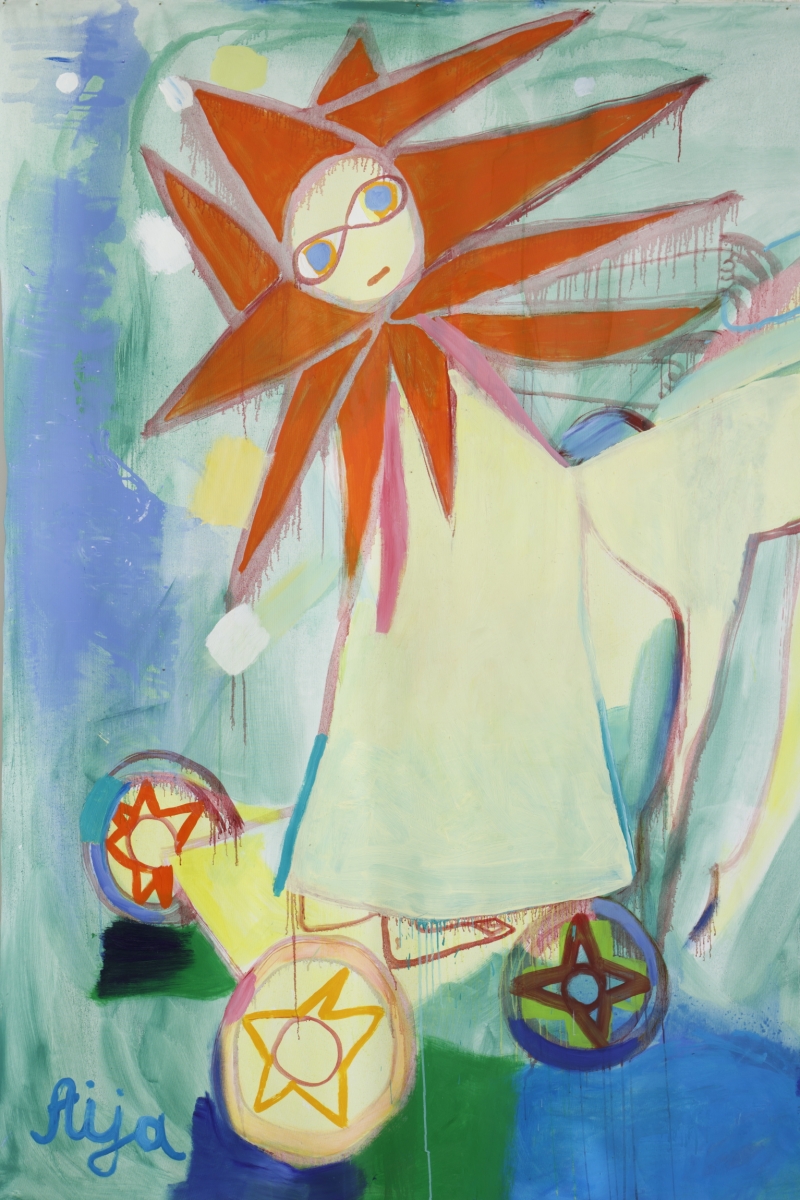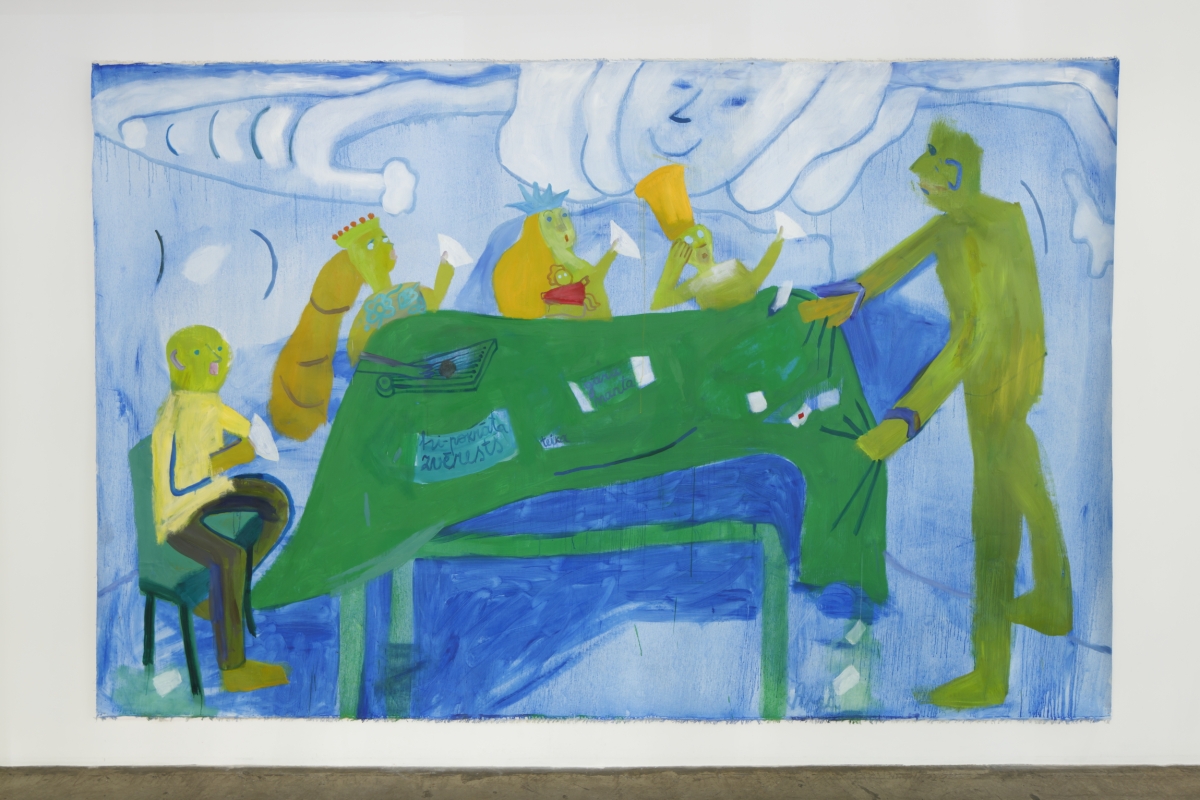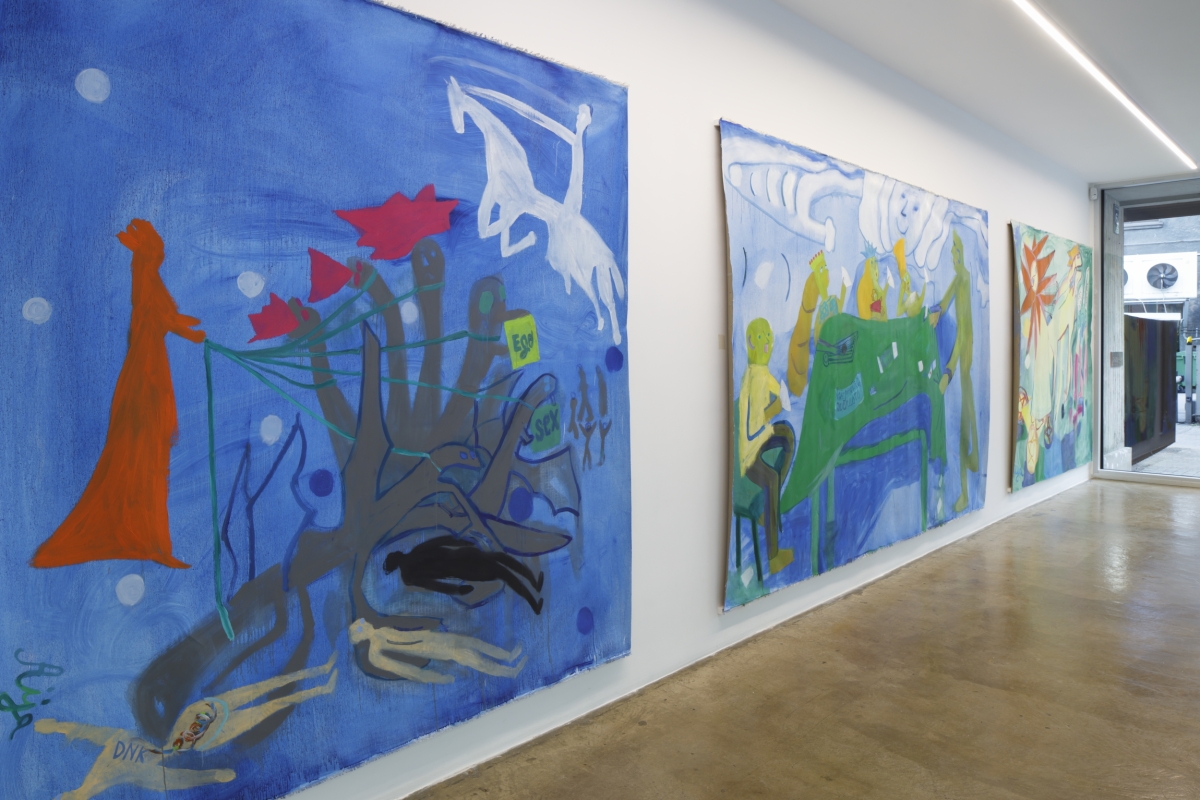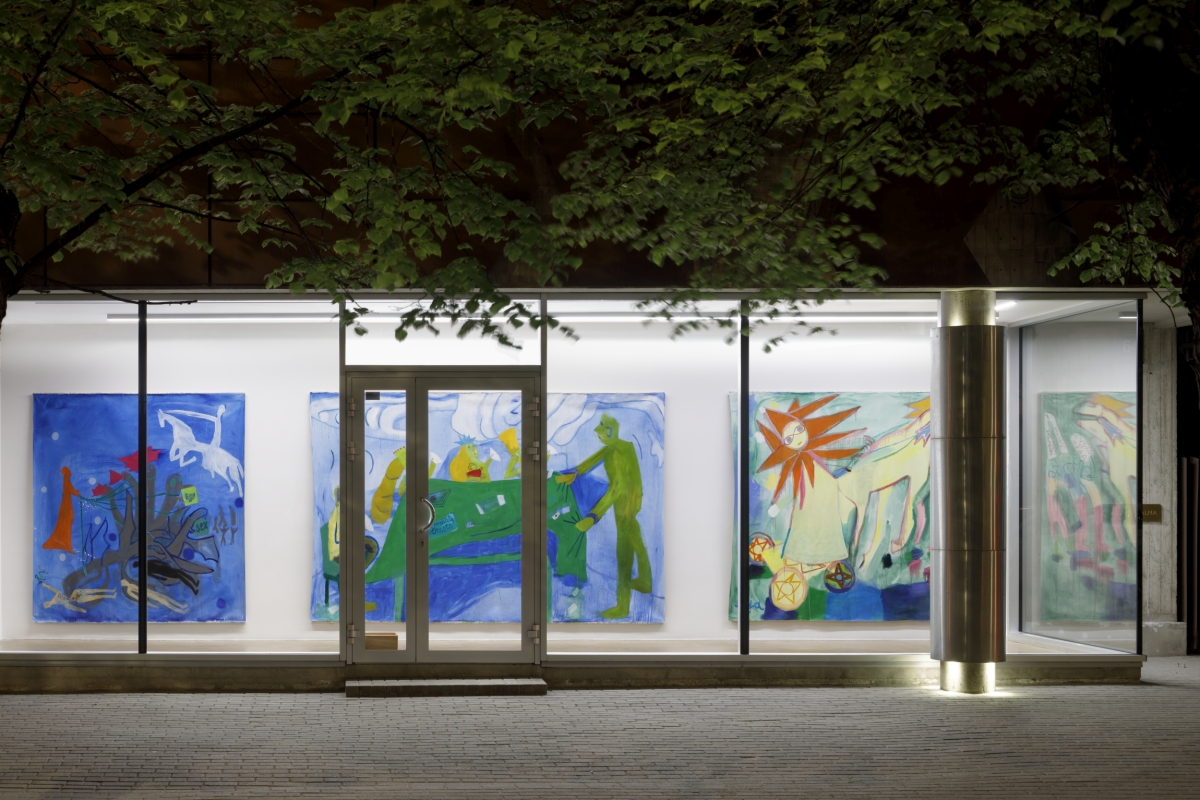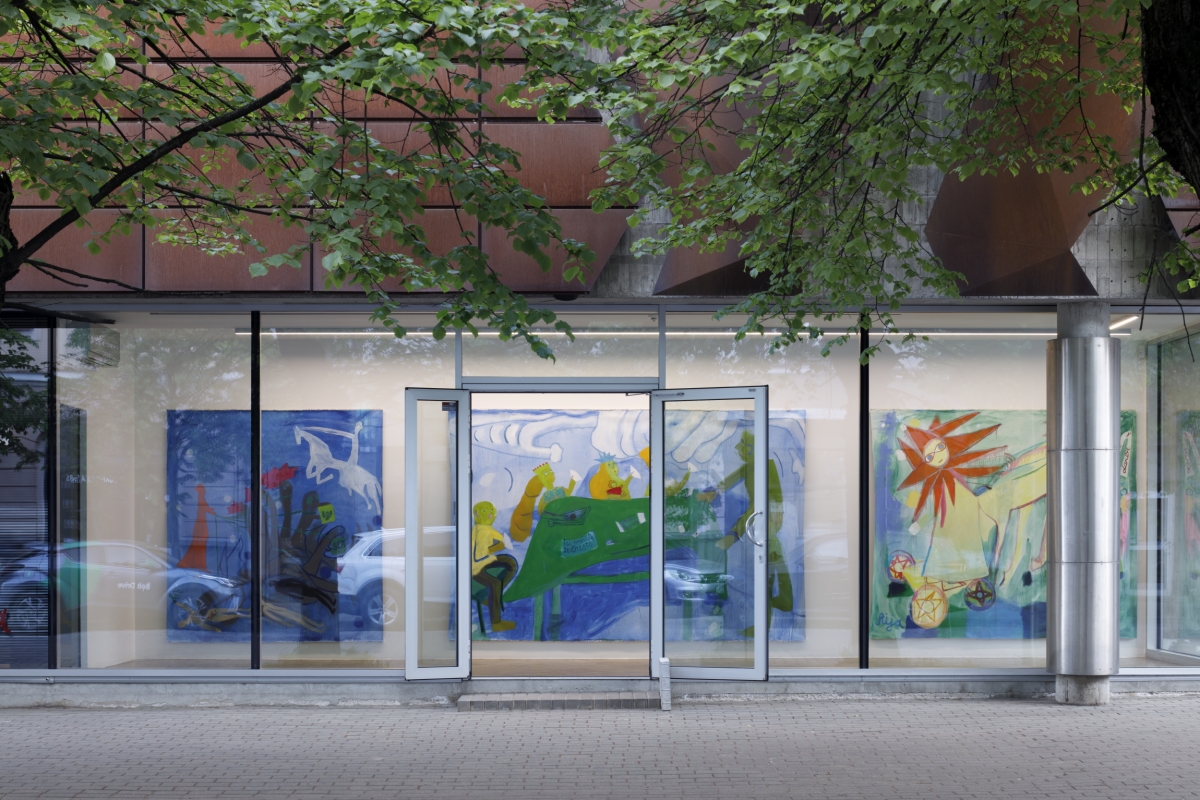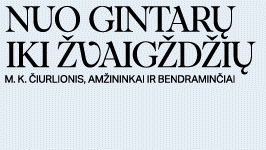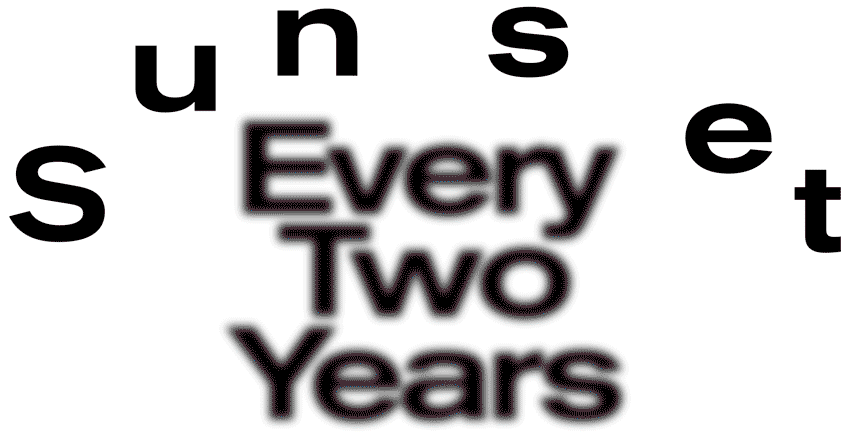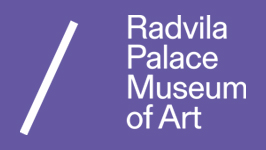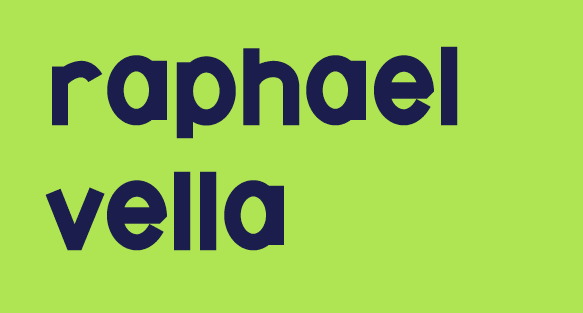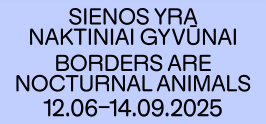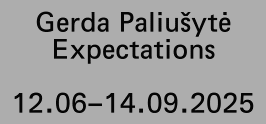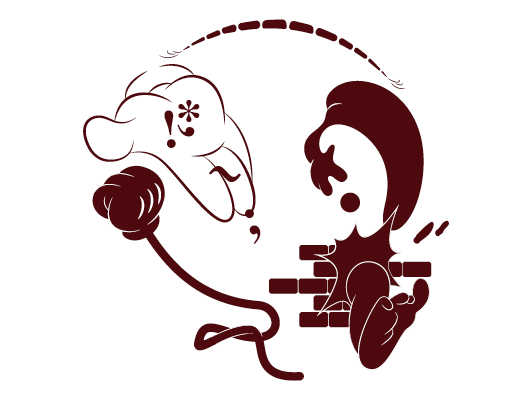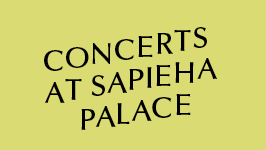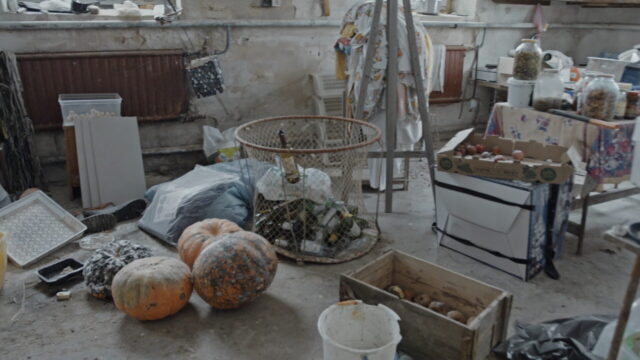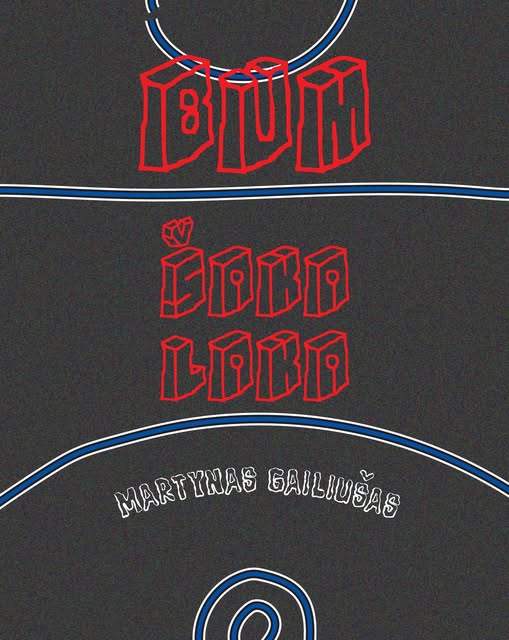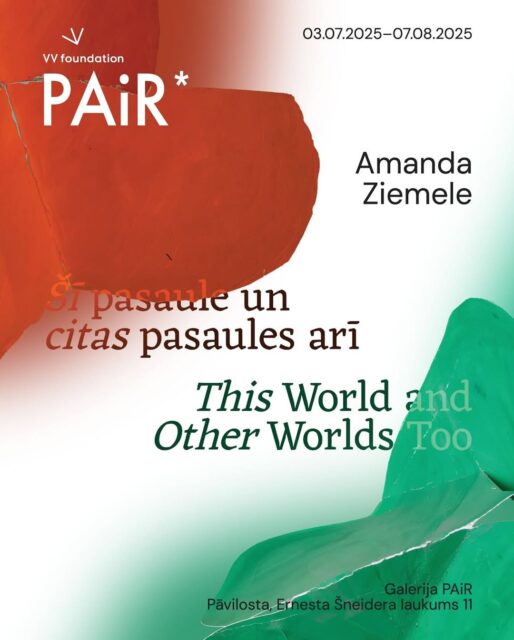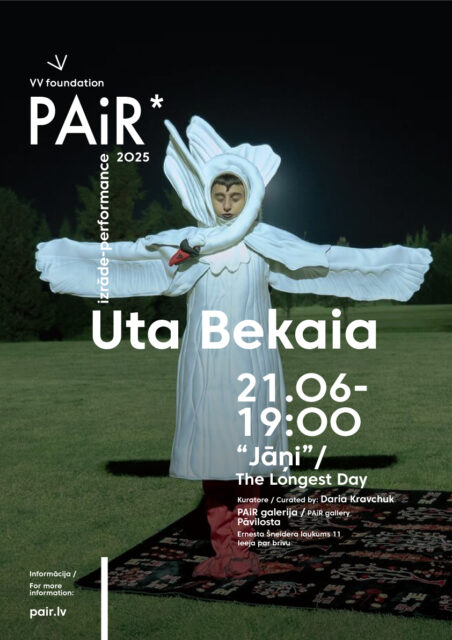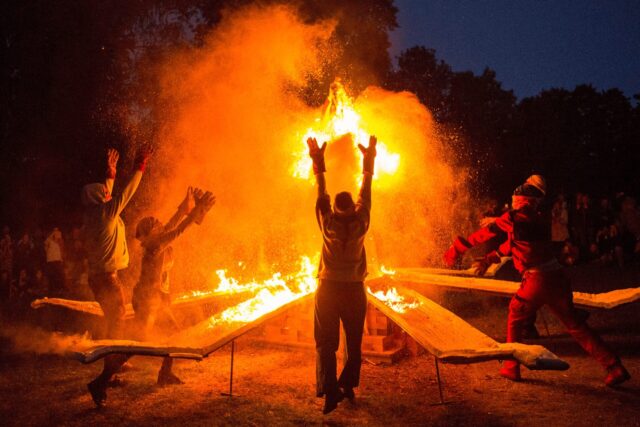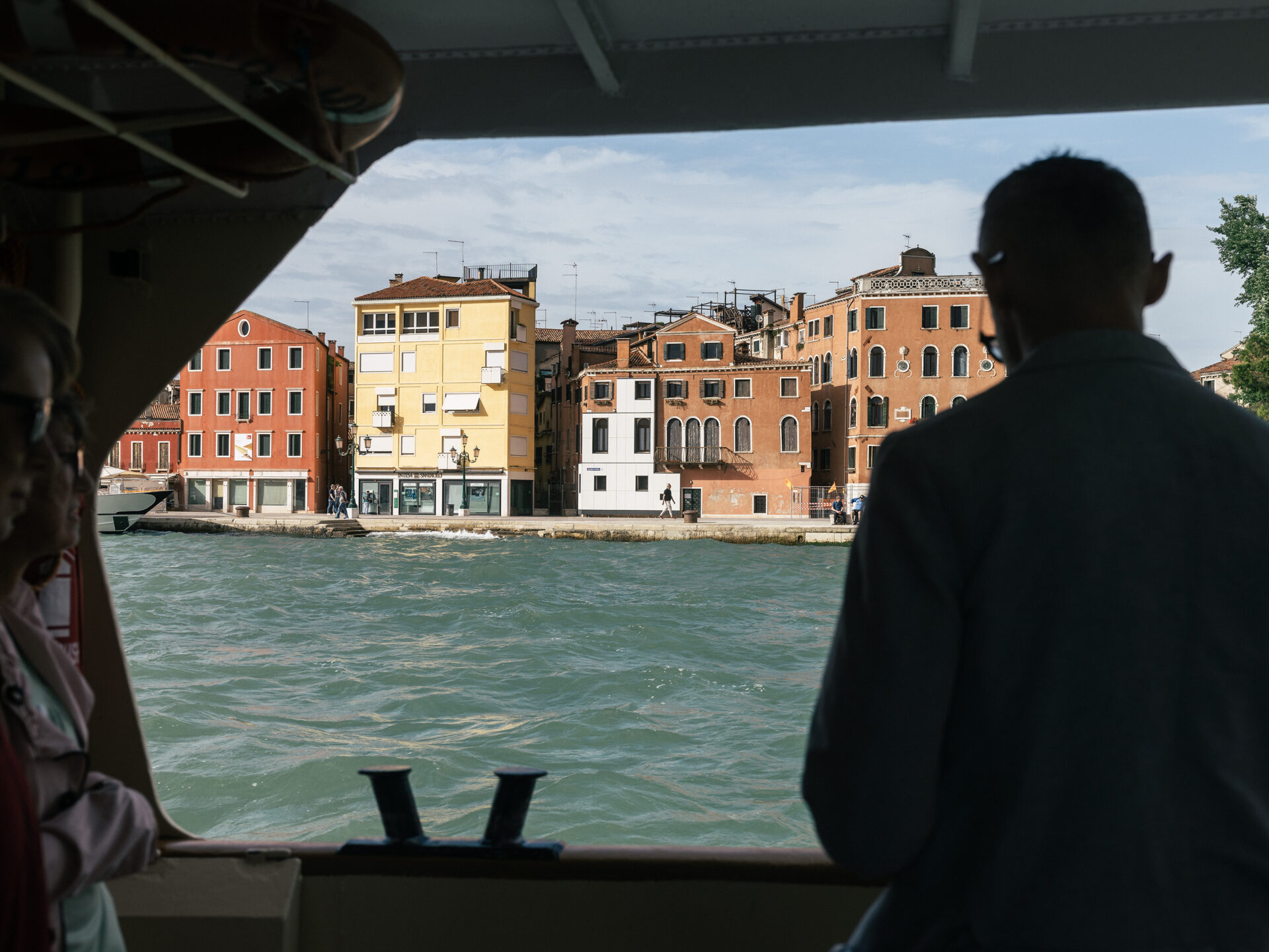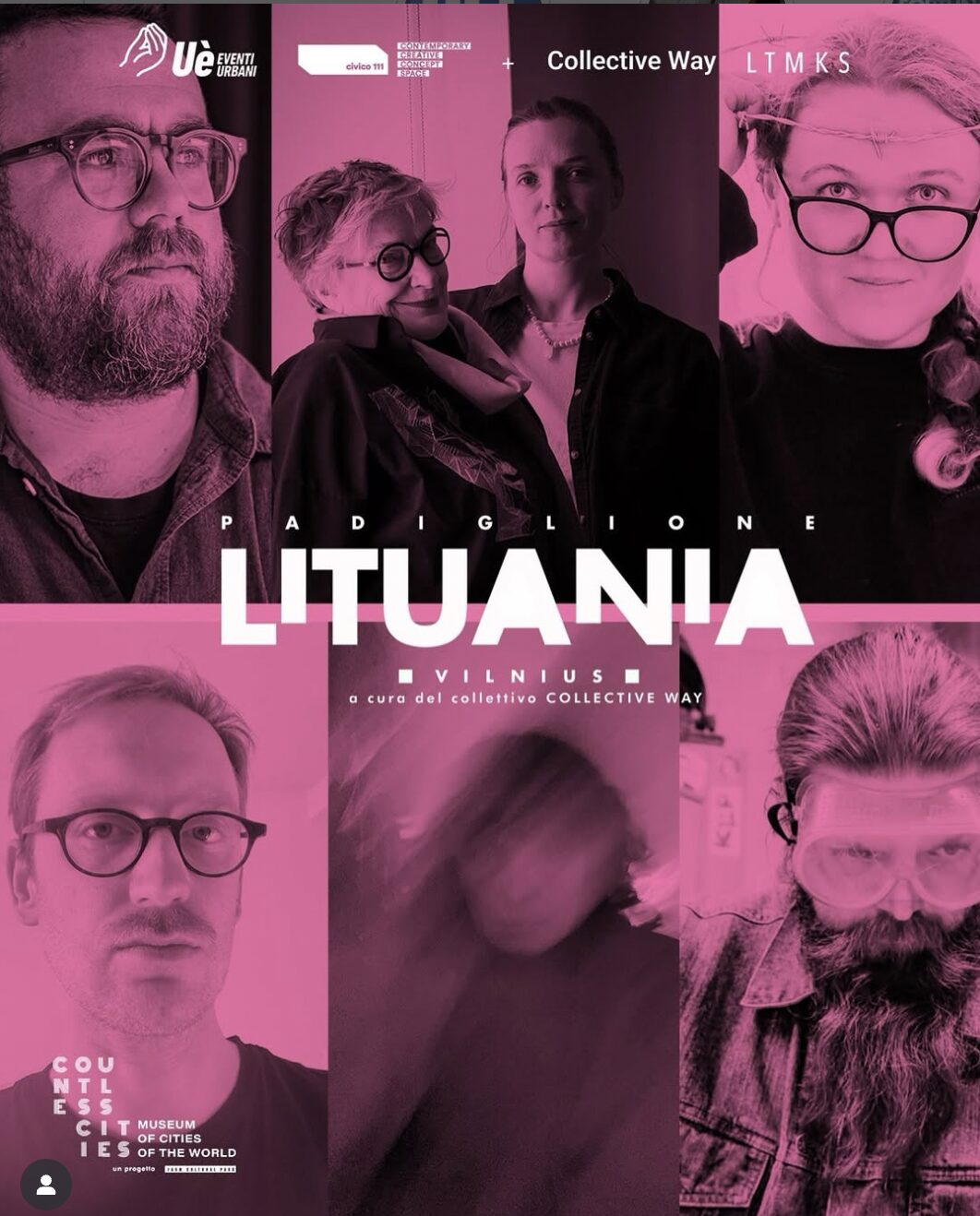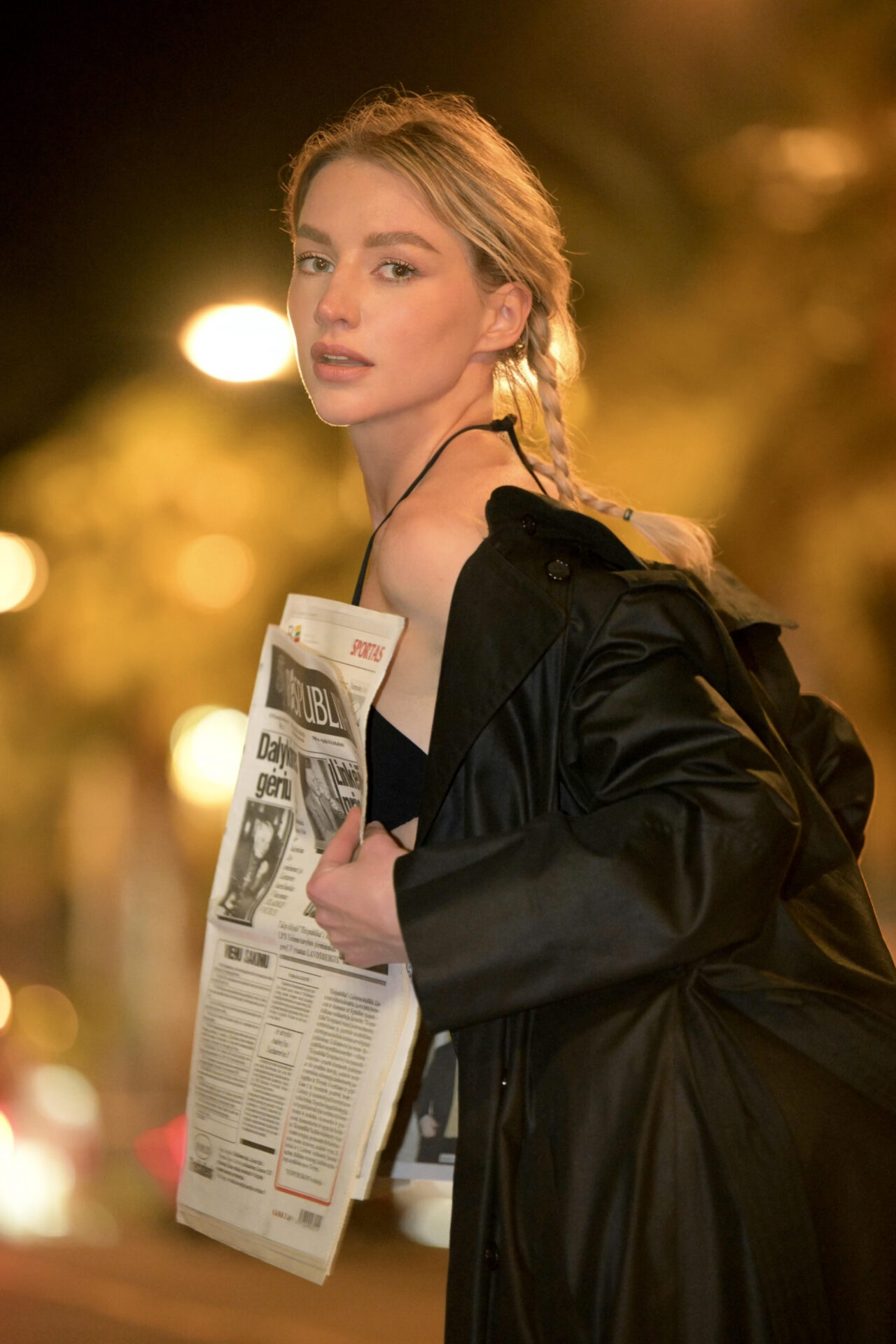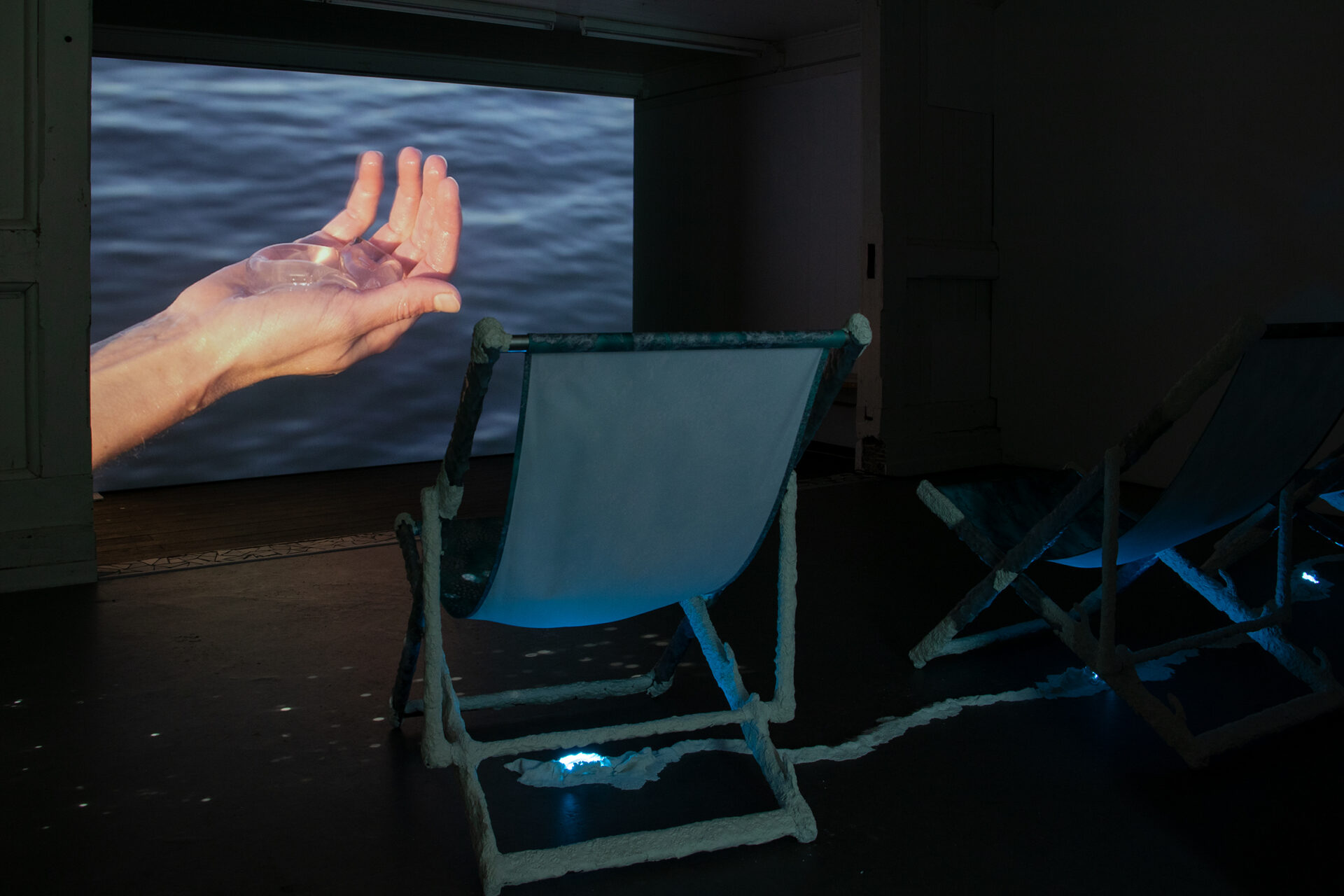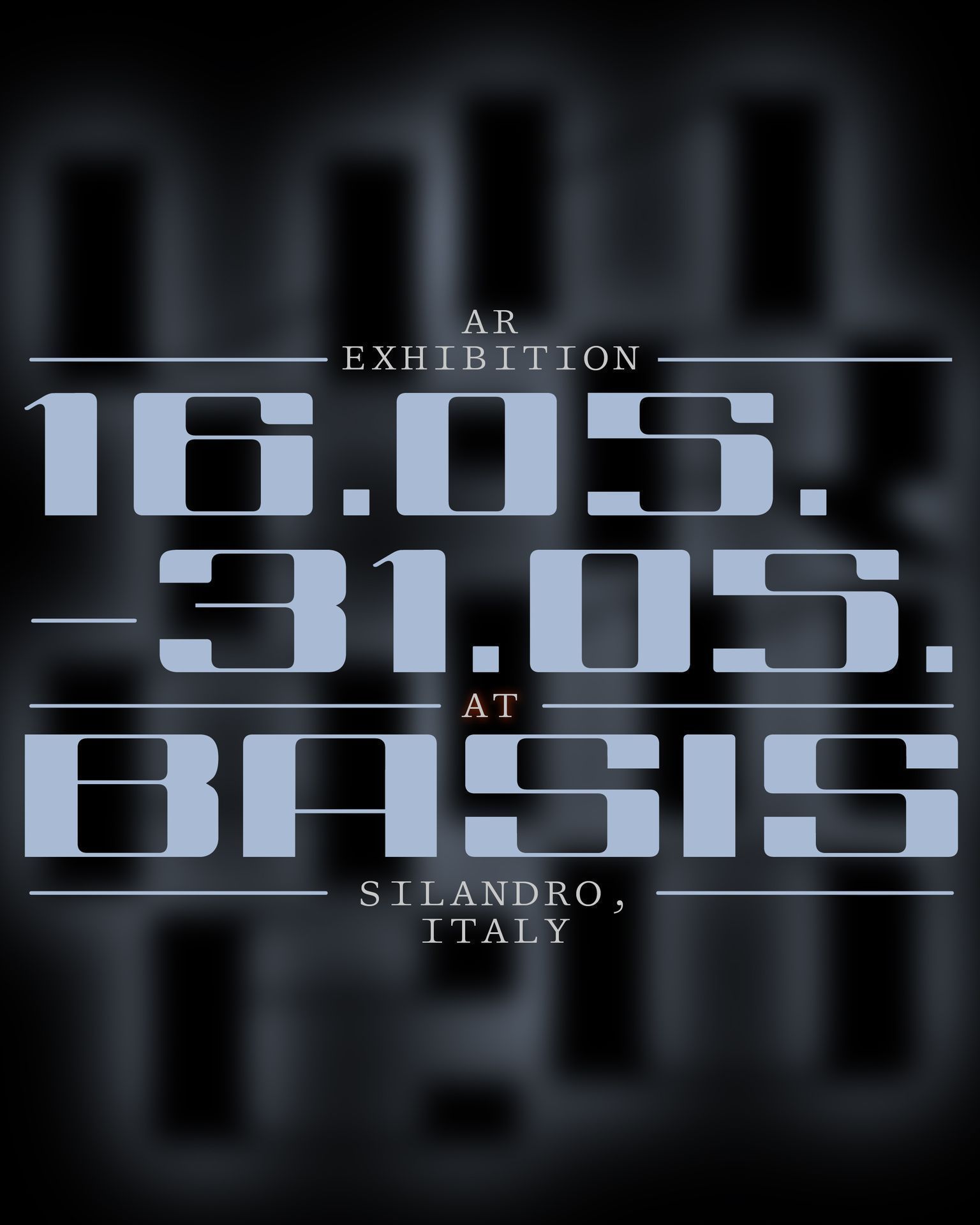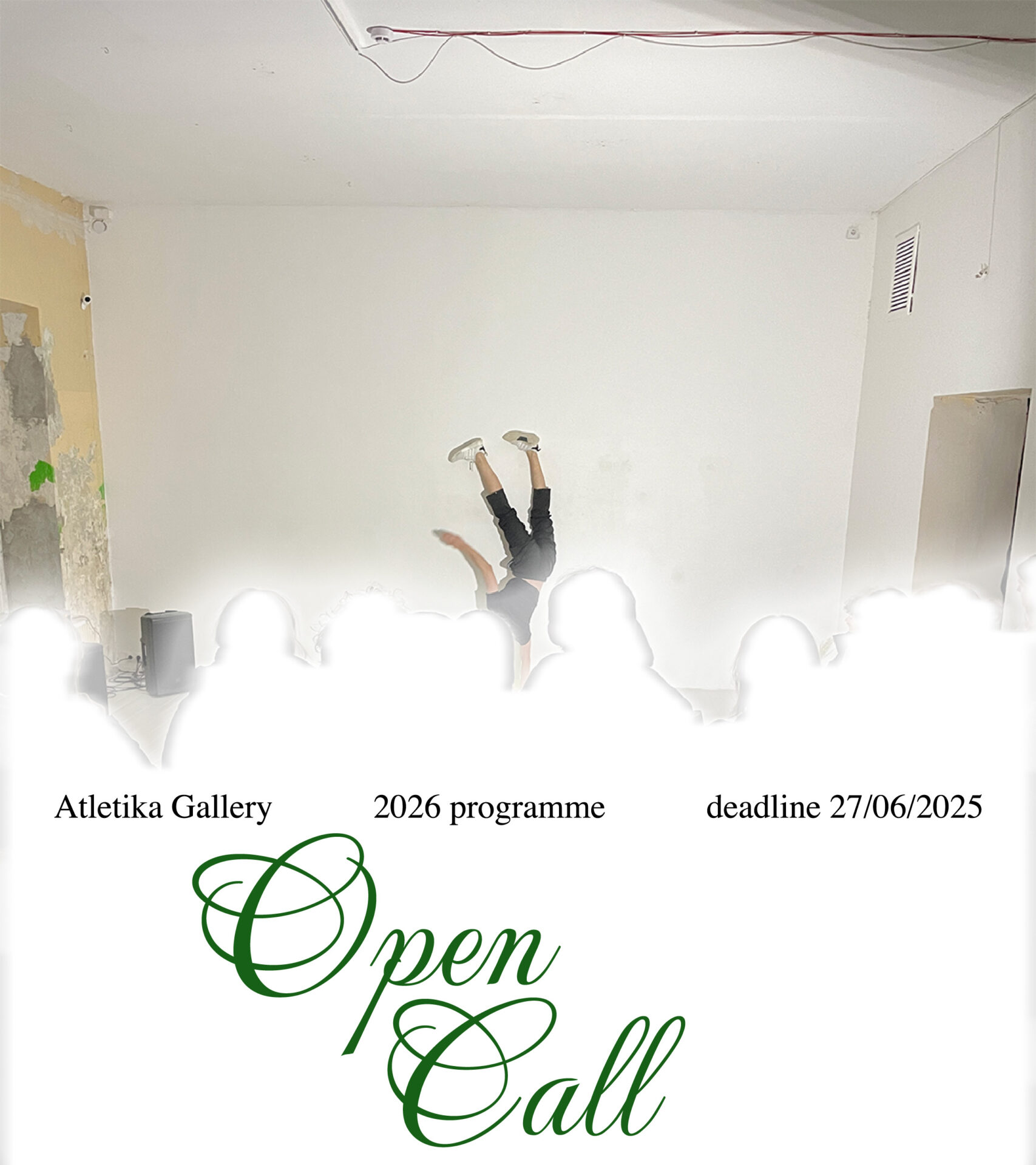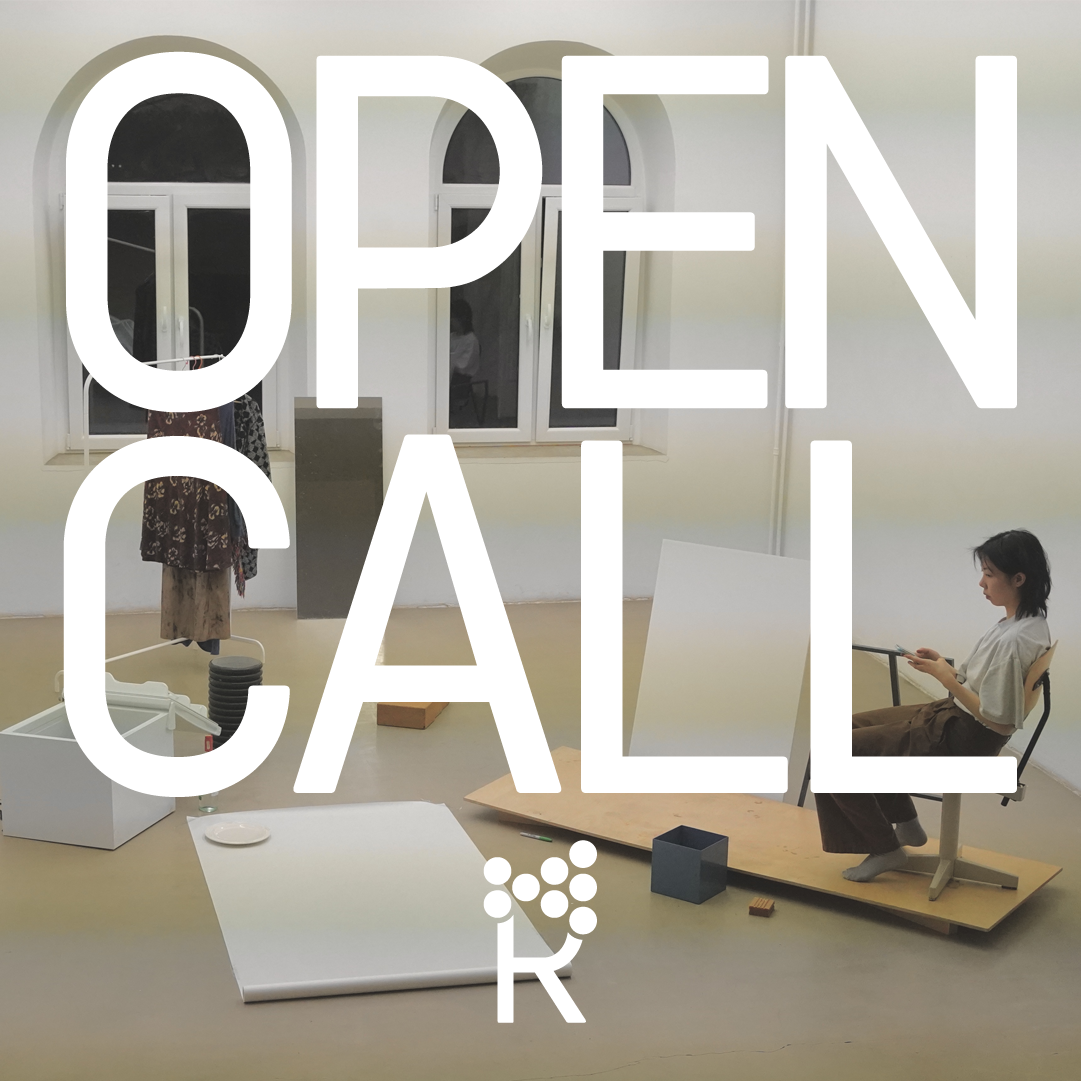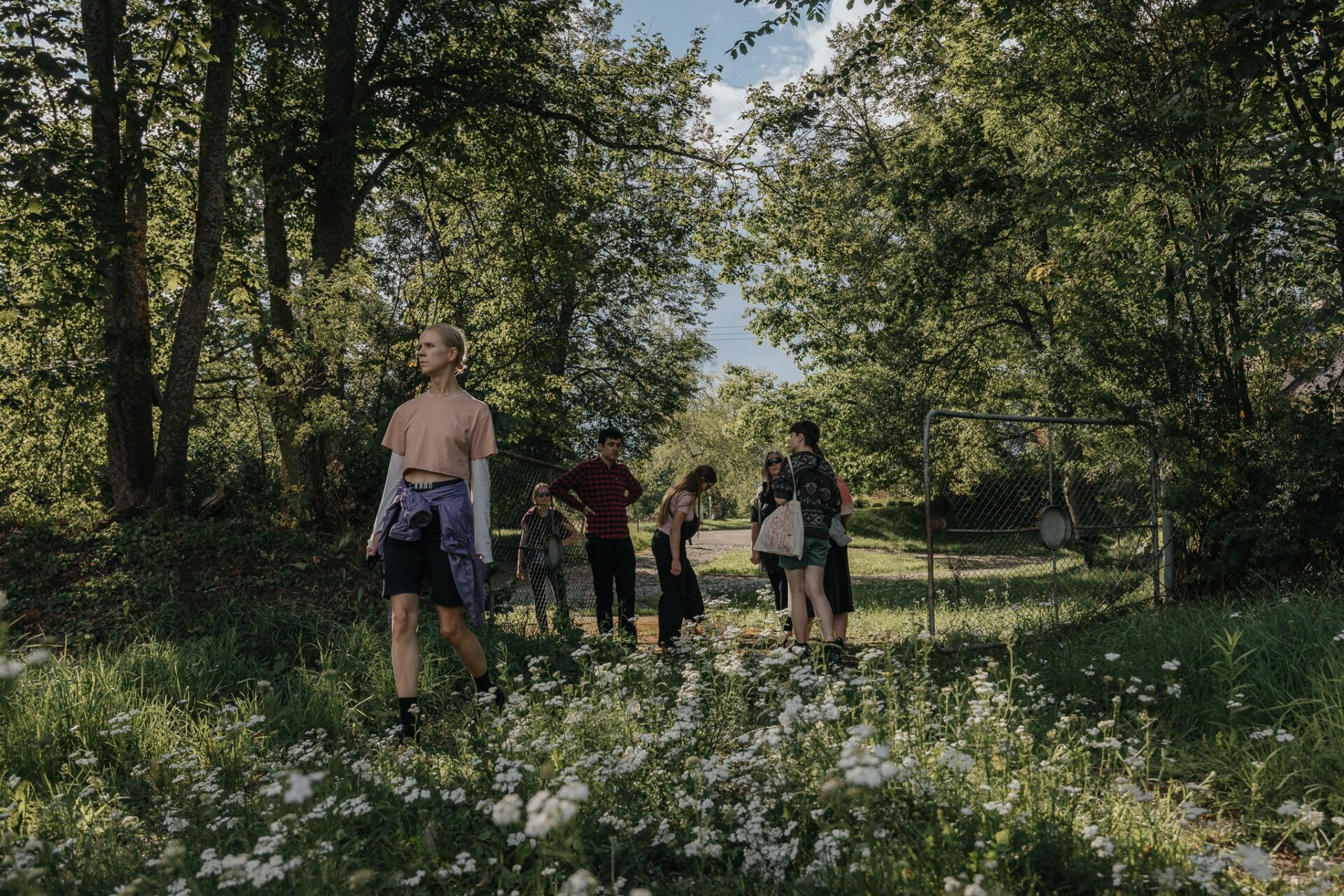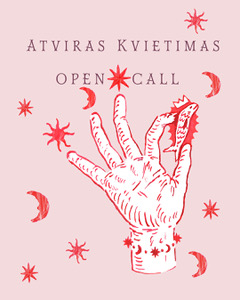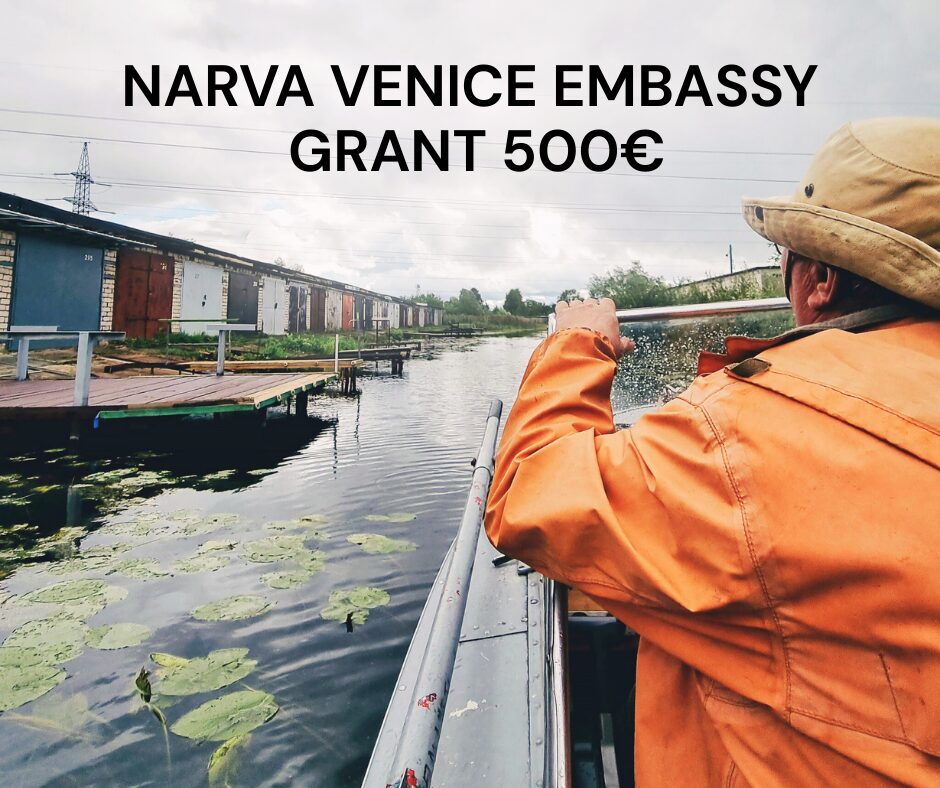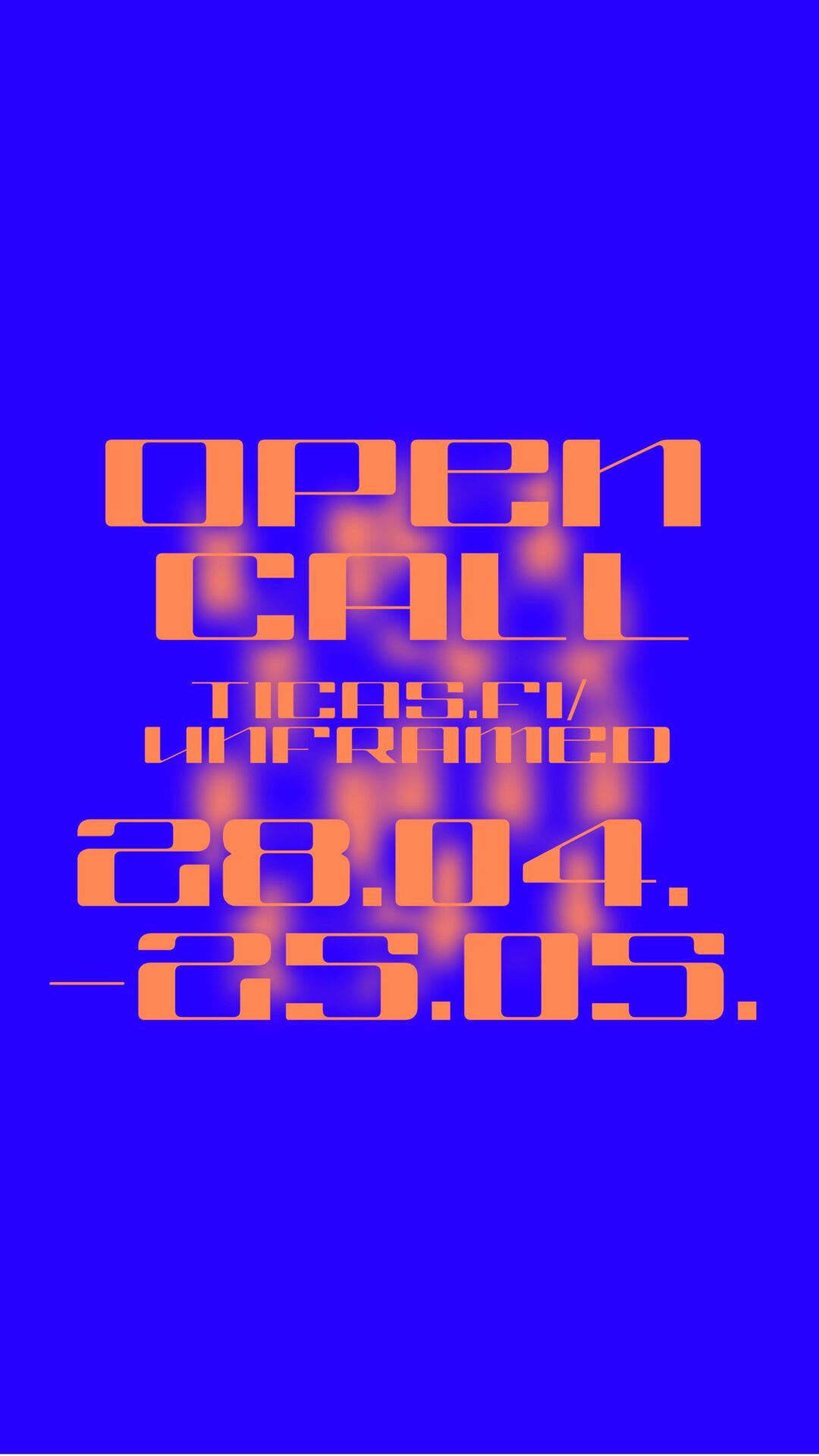Raven sits atop a pole, at the very top. What song is he strumming? What song? What song is he strumming?
Looking from the very top, you can see.
Art is life. Art is not philosophy, sociology, or some systems frozen in place as civilisation took shape. Art is life. Ability to see, looking broadly. The project «What song is he strumming» is about listening and looking. How to look in order to see? To see is to connect with those inner human resources a person possesses to be able to grow. To look is to maintain a connection with the flow of life. To lose this connection with life is to lose the ties of a people to their cultural heritage meant to be preserved for hundreds and thousands of years. It is to lose your ties to culture.
What society perceives as an eccentric today, is just an artist who sees, who is doing their best to see. Doing their best to maintain this uninterrupted link to culture and life by foreseeing certain events. They do it by living outside of time, by looking far ahead. I was inspired for this exhibition by an Armenian folk tale about a queen who rides her horses every morning to survey her kingdom. Her land is in such good order that her subjects are usually able to overcome hurdles on their own. Only if someone jumps in the way of her team of horses, calling «Words and deeds!», the queen must stop and take charge. Now, the basic principles are out of balance.
Deeds don’t match words. This is the time. « The time has come in our Kingdom of the Sun when values are being violated. »
Light
There is an old icon showing St George arriving on a white horse and, instead of a sword in his hand, he has a beam of light shining from his forehead. They say it symbolizes the morning
sunlight that chases away the night. The light is the sword. Light is information. Light enlightens.
In Paolo Uccello’s painting and in the old icons, George is accompanied by Anna holding the dragon that has broken out of the cave with a red rope. She tames the dragon. By adhering to human values and utilizing all the internal resources available to humanity she suppresses the spiritual viruses of society that hinder life from flowing harmoniously until the light arrives.
Wind
The Northern winds of Boreas from Hyperborea. A my-thical place in the North where the Greek gods Artemis and Apollo went to seek refuge. A place that brings and restores order. Not unlike the moment when a card player, a player with evidently bad cards, overturns the table, hence overturning the existing rules.
Aija Zariņa (1954) is one of the most notable Latvian painters. She has created art objects and installations in a wide range of exhibitions spanning several decades, both in Europe and the US. She belongs to the so-called generation of «transgressors». In the 1980s and 1990s, she, along with other artists, formed the avant-garde movement of contemporary art in Latvia. They broke the canons of Soviet art and created works that dared to go beyond the boundaries of mains- tream taste, reducing painting to contour and colour contrasts and expanding it into space. Aija has maintained her distinctive style, developing it for over 40 years. As recently as in the mid- 1980s, she had to confront Soviet censorship. Aija Zariņa was part of the informal artist collec- tive “Maigās svārstības” [Delicate Oscillations]. Together with like-minded contemporaries, she created impressive projects. The most widely recognised of them was a collaborative painting in front of an audience in 1990. In the new millennium, the painter turned her attention to poli- tical and cultural themes in her art. Aija Zariņa’s works «Ivars» and «Viņš un Viņa» (1986) are part of the permanent exhibition at the Latvian National Museum of Art.
Supported by: Riga City Council, the State Culture Capital Foundation, Tērvete Brewery
Photography: Ansis Starks
